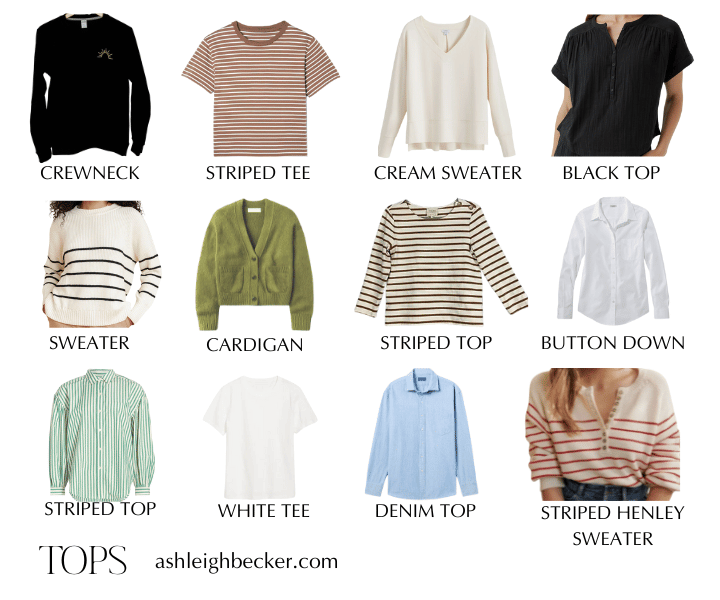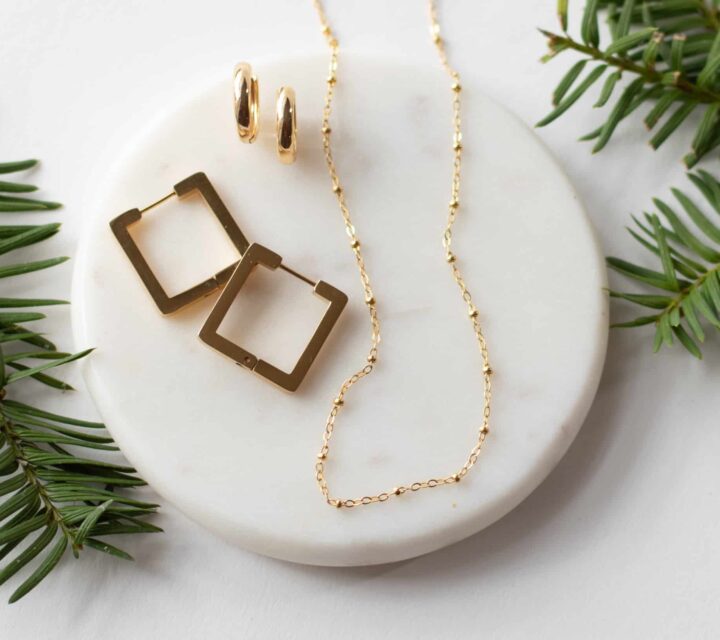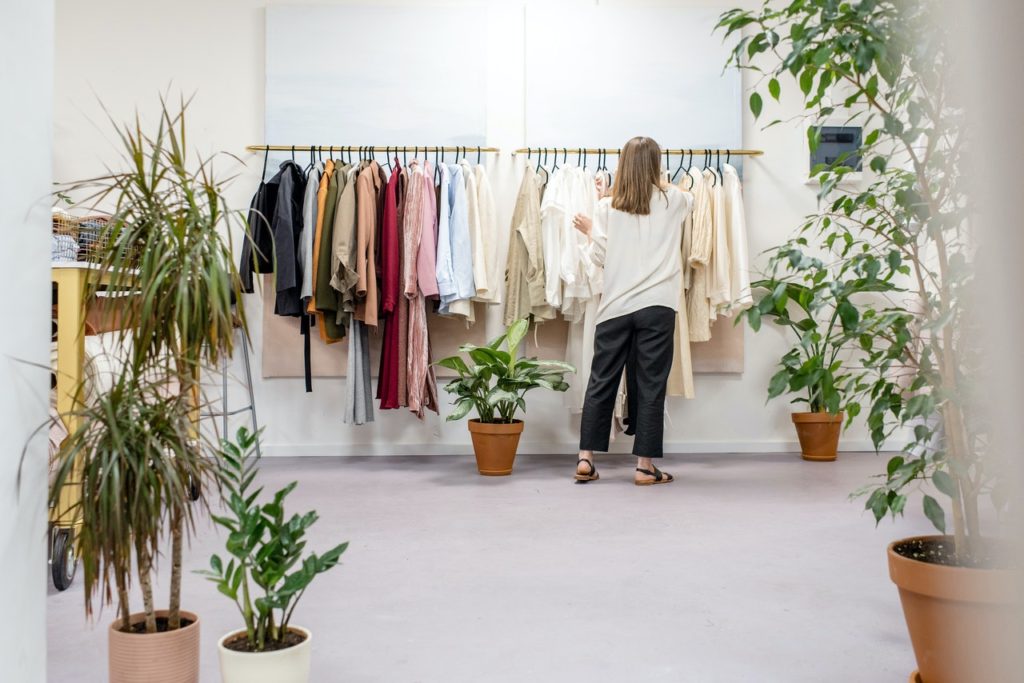
This guest post is part 3 of a series to help you understand ethical fashion & start the journey by showing you how to (realistically) shop your values. It was written by Leah Wise, a sustainable style blogger I’ve gotten to know over the past several years through the ethical fashion community.
When I first started to learn about sustainable and ethical fashion, I was taken in by the slightest sign of progress in the industry. Companies like Old Navy and H&M laid out promising Corporate Social Responsibility (CSR) reports telling customers and would-be investors that they “pay a legal wage” and “don’t promote child labor.”
Those things sound good because they are good. The only problem was that there was no way for these organizations to know if what they hoped for was actually being achieved at the factory level. There was no guarantee of regular auditing, which would keep the parent company and the factory accountable. And with the supply chain spread out over dozens or more countries, someone sitting in an office in New York or San Francisco simply couldn’t keep track of what was happening far away.
So, there’s a problem with knowing whether brands are living according to their stated values.
But let’s say the company can back up their values with certifications and behind-the-scenes information. The question then is how we define what’s ethical. Ashleigh suggests in her first post on this subject that ethical fashion meets, at a minimum, the below criteria, and I think it’s a great starting point:
- Fair/Living Wages
- Employee Rights
- Safe Working Conditions
- No Child Labor

So, we’ve moved past companies that only pay lip service to their values and we’ve established some basic criteria for ethical fashion. But what if there are other limitations?
What do we do when a company meets some of these criteria and not others?
What do we do if companies that meet our ethical criteria don’t make clothing in our size or at our price point?
What do we do about our quickly growing kids?
What do we do about a sudden cross-country move that renders our wardrobe weather-inappropriate?
There has to be a way to square our desire to do good with the reality of our messy, imperfect lives.
Recognizing Human Dignity
Ethical fashion is important because it recognizes the dignity of every human being, and powerfully reminds us that we are all interconnected in the endeavor of making, buying, and wearing clothing.
Part of that recognition extends to us: while we have the power to make better choices when it comes to our purchases, there is no doubt that life changes, social context, and financial security impact our ability to buy ethical fashion. I know that recent health and financial issues in my own life have necessitated considerable changes to my shopping habits.
Rather than feel ashamed by this, I remind myself that:
- It’s not up to me as an individual to single handedly change the fashion industry (or, indeed the world). This is a collective problem that demands a collective response.
- There are many ways to advocate besides purchasing things. I can get involved in local nonprofits and civic organizations, email my favorite companies and ask for greater transparency, swap clothing with friends, and educate myself on the industry in order to educate others.
- There is no such thing as a perfect choice. As Voltaire once said, “Don’t make perfect the enemy of the good.”
With these things in mind, I have adopted a shopping strategy that I call the “Ethical Rule of 3.” This rubric for shopping helps me shop according to my values without becoming obsessed with finding the most ethical thing. It also helps me ease up when I can’t find what I need on the ethical market, making it easier for me to buy what will be most useful to me which, in turn, means it will be a more sustainable option for my lifestyle.
For me, ethics and sustainability intersect with other moral issues, such as representation, size accessibility, and affordability. Here’s my list of ethical criteria, and then I’ll show you how the Rule of 3 works:
- Fair Wages | Do they offer a living wage, higher-than-average wages, or transparent and improving wages? Are they fair trade certified?
- Sustainability | Do they offer products made with biodegradable, eco-friendly, non-polluting, and/or organic fibers and dye processes? Do they minimize pollution and factory waste? Are they committed to circularity (recycling & reusing products)?
- Commitment to Improvement | Have they shown a commitment to continue to improve their supply chain and business practices?
- Transparency | Are they willing to talk about their process and reveal the imperfect parts of their business? Have they released a list of their factories?
- Aesthetic & Quality | Are their pieces attractive and appropriate for my wardrobe? Do they offer textiles that are long lasting and made with natural fibers? Will the item still look nice after several washes?
- Size Inclusion | Do they offer items that fit a range of body types and sizes? Are they committed to expanding their range? Do items from this brand fit my body type well?
- Representation | Has the company made an effort to represent underrepresented and historically marginalized groups? Have they publicly stated their stance on human rights issues? Do a diverse set of people work at every level of the company?
- Secondhand | Is it thrifted, swapped, or handed down? Is it upcycled from deadstock fabric or old inventory?
That’s a long, overwhelming list, and very few companies can answer yes to all of the above questions. That’s why, instead of pulling out my hair trying to factor in and then tick off everything that’s important to me, I look for things that can tick off at least three, and then make my purchase knowing I made a better choice.
That means some things will be size accessible, beautiful, and sustainable…but not provide fair wages. Others will be BIPOC-owned (Black, Indigenous People of Color), ethical, and transparent…but not sustainable.
With each choice, I acknowledge that I am doing my part to imagine a better fashion industry without presuming that each individual choice I make is make-or-break (because it really isn’t!). I’m giving myself – and the brand – the space and the grace to get some things right.
Importantly, the Ethical Rule of 3 is a slow fashion philosophy. It is based on the idea that my goal is to make fewer, better purchases. This naturally lends itself to sustainability goals because it reduces total consumption.
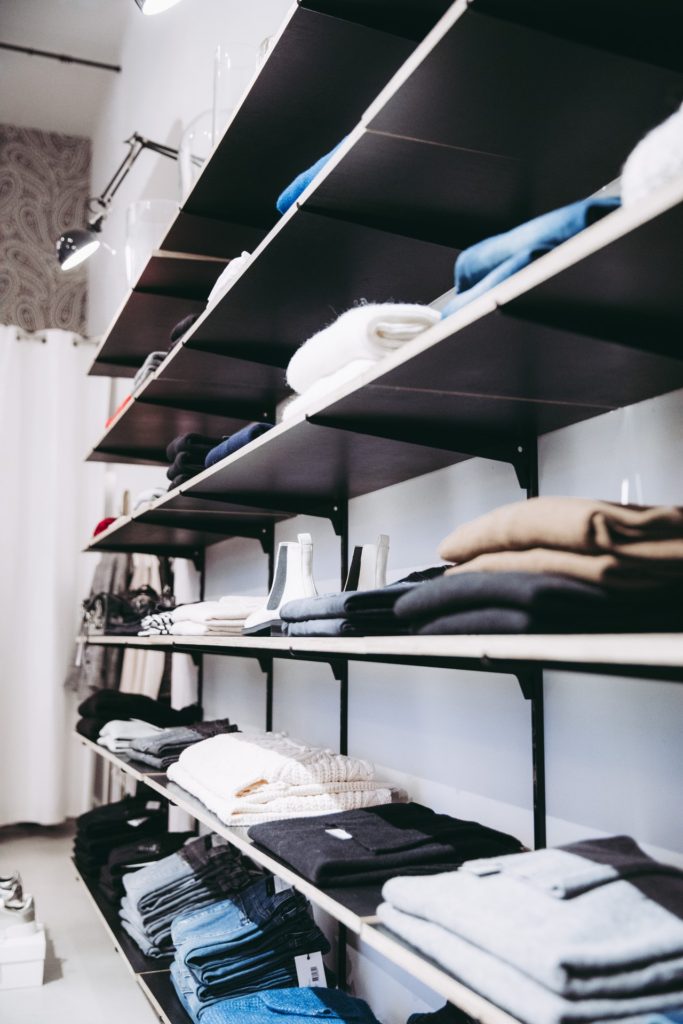
Why Make Compromises?
For me, choosing better, not perfect, is one way I acknowledge my own humanity. I have limited time and limited resources to spend discerning ethical credentials and scoping out better choices (and I blog on this as a job!). While I want to make an impact, I am also a full-time seminary student, a spouse, a daughter, a sister, and an engaged citizen. There are lots of ways I can make an impact on the world, and shopping is just one of them.
By narrowing my focus to three things I can change, I shop my values in a way that becomes habit rather than obsession. I acknowledge that I can’t always make the choice I would make if I had access to more resources, and I commit to recognizing my own dignity.
The Ethical Fashion Movement has a tendency to sweep people in by promising that we can simply buy our way to a better world when the reality is much more complicated. I think that’s why so many people end up giving up before they’ve really started.
You don’t need to be like the ethical fashion influencers (who get a lot of free clothing, by the way) or the eco-conscious celebrity. You’re here because you care, and that matters more than proving to yourself that you’re good enough.
Now, go forth and make your mark.
You can learn more about my Ethical Rule of 3 here.
You can find Part One and Part Two of this series here.
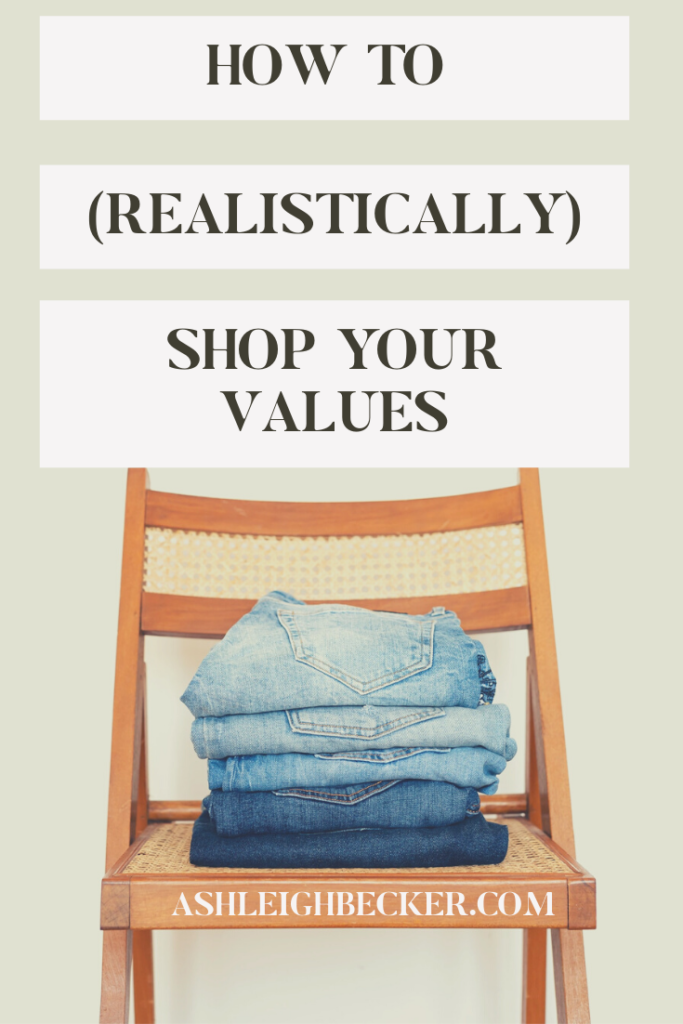
—
Leah Wise is a writer, blogger, and thrift shop expert who has been writing on ethical and sustainable fashion since 2013. She is currently in seminary pursuing a Master of Divinity degree in order to be ordained as a minister in the Episcopal Church. Leah is passionate about holistic ethics, and believes that local community-building can change the world. Learn more on her blog: stylewise-blog.com.
